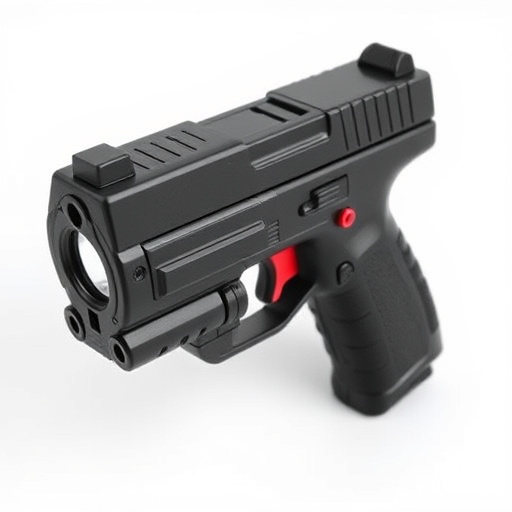Slider stun guns' effectiveness hinges on several key factors, primarily Stopping Power ratings (SPRs), which measure voltage output, pulse width, and current intensity. Higher SPRs indicate greater stopping power, crucial for subduing attackers temporarily. When choosing a slider stun gun, consider voltage output, weight, durability, and ergonomic design to balance power with safety and ease of use. These considerations ensure the ideal self-defense tool tailored to specific needs.
“Uncover the truth behind slider stun guns and their stopping power ratings in this comprehensive guide. Understanding the factors influencing their effectiveness is crucial for personal safety. From the science behind their performance to choosing the right model, we demystify these powerful self-defense tools. Learn how slider stun guns work, what features to look for, and why ratings matter. Equip yourself with knowledge to make an informed decision and gain peace of mind.”
- Understanding Stun Gun Stopping Power Ratings
- Factors Affecting Stun Gun Effectiveness
- The Science Behind Stun Gun Performance
- Choosing the Right Stun Gun for Optimal Stopping Power
Understanding Stun Gun Stopping Power Ratings
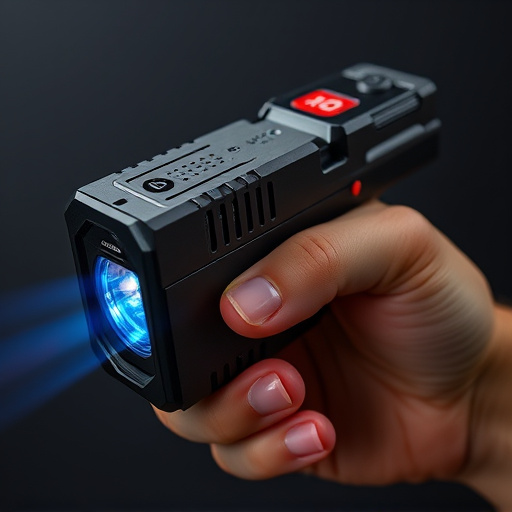
Stun guns, also known as electronic control devices (ECDs), are designed to incapacitate an attacker with a powerful electric shock, allowing users to defend themselves effectively. Stopping power ratings for stun guns, often displayed on product sliders, provide valuable insights into their effectiveness and the level of force they can deliver. These ratings typically measure the stun gun’s ability to stop or subdue an assailant, taking into account factors such as voltage output, pulse width, and current intensity.
Understanding these ratings is crucial for consumers looking to invest in a reliable self-defense tool. Higher stopping power ratings usually indicate a more powerful stun gun capable of causing temporary paralysis or severe discomfort to an attacker, giving the user precious time to escape or call for help. When comparing slider stun guns, paying attention to these ratings can help individuals make informed decisions based on their specific needs and desired level of protection.
Factors Affecting Stun Gun Effectiveness
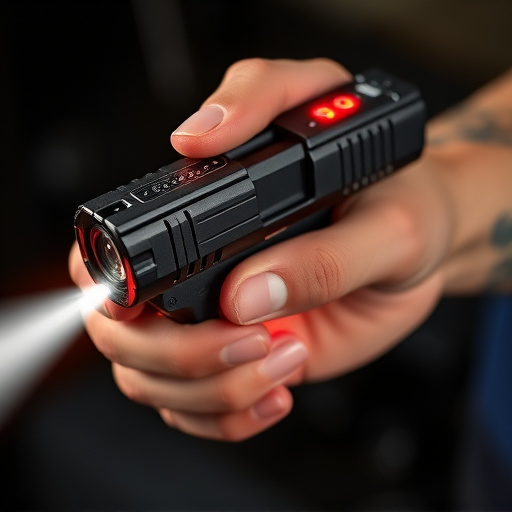
The effectiveness of a stun gun, like a slider stun gun, can be influenced by several key factors. One major consideration is the device’s electrical output, measured in volts. Higher voltage can typically stun an attacker more effectively, but it also depends on the specific delivery method and contact points with the target. Another critical factor is the stun gun’s design and quality; poorly manufactured devices might not deliver the intended jolt consistently or reliably.
Furthermore, the size and weight of a stun gun play a role in its practicality and impact. Smaller, lighter models can be easier to carry and hide, increasing their deterrence value. However, larger guns may produce more powerful shocks, offering potentially greater stopping power. The type of prongs or electrodes also matters; sharp, well-designed probes enhance the stun’s effectiveness by ensuring better contact with the attacker’s skin.
The Science Behind Stun Gun Performance
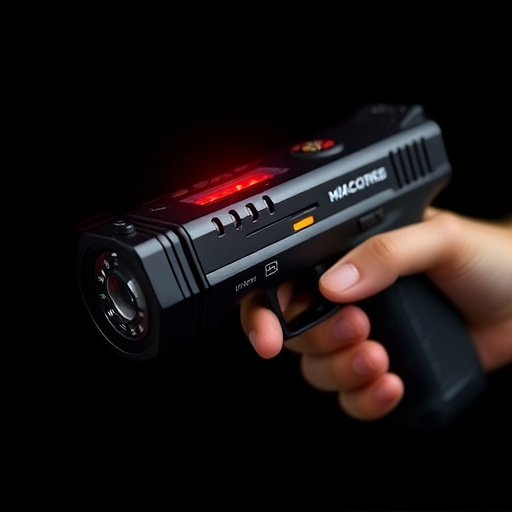
The performance of a stun gun, like the slider stun gun, is a fascinating blend of physics and electrical engineering. At its core, a stun gun delivers an electric shock through a pair of electrodes, disrupting muscle control in the target’s body by affecting nerve impulses. The intensity and duration of this shock determine the device’s effectiveness. Manufacturers rate these devices using Stopping Power ratings (SPRs), which measure how quickly and effectively the weapon can incapacitate an assailant.
A slider stun gun operates by varying the voltage and current it delivers, focusing on providing a strong enough jolt to temporarily paralyze without causing permanent harm. The SPR is influenced by factors like electrode size and spacing, pulse width, and current strength. Understanding these variables allows users to make informed choices when selecting their self-defense tool, ensuring they have the necessary stopping power in critical situations.
Choosing the Right Stun Gun for Optimal Stopping Power
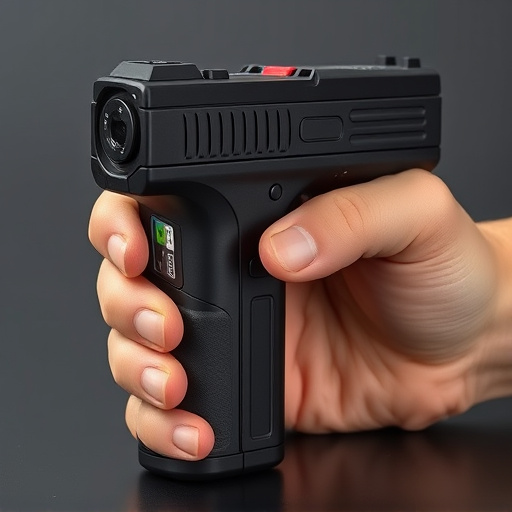
When selecting a stun gun for maximum stopping power, several factors come into play. One key aspect is understanding your specific needs and the intended use case. For example, a slider stun gun offers a unique advantage with its ability to deliver a powerful electric shock from a distance, making it ideal for personal defense against aggressive assailants. This type of stun gun is particularly effective in close-quarters encounters where proximity is limited.
Opting for the right stun gun involves considering factors like voltage output, weight, and durability. Higher voltage outputs generally translate to more intense shocks, which can be crucial for neutralizing a threat quickly. However, it’s essential to balance this with comfort during use. A well-designed slider stun gun combines powerful stopping capabilities with ergonomic features, ensuring users can deploy it effectively without compromising their safety or control.
When selecting a slider stun gun, understanding stopping power ratings and their underlying factors is key. By grasping the science behind performance and choosing the right device, you can ensure optimal effectiveness in self-defense scenarios. Remember, the ideal stun gun should deliver a powerful shock that incapacitates an attacker temporarily, giving you precious time to escape.
